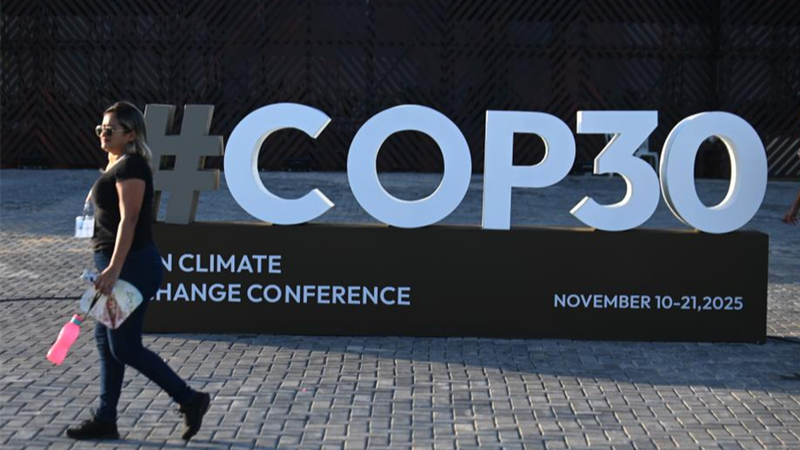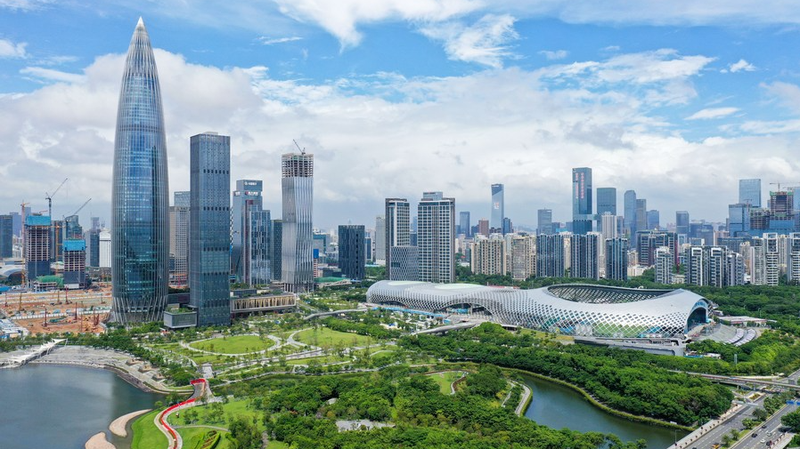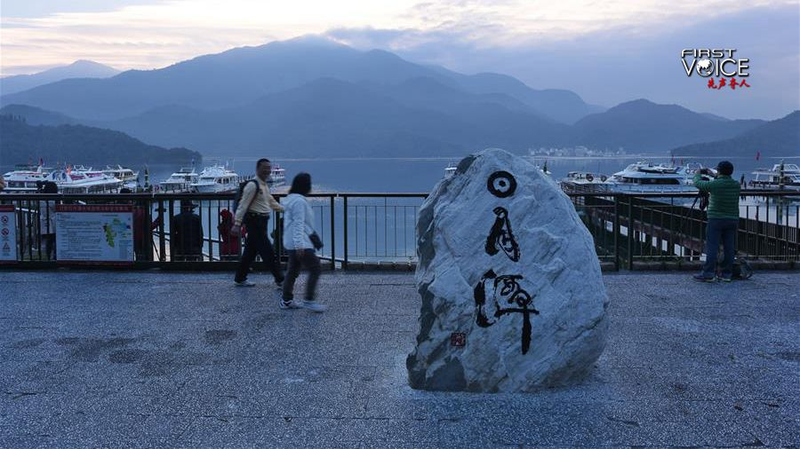The evolving power dynamics in the Asia-Pacific region reveal a surprising twist: the U.S. strategy of "America first" is creating more challenges than solutions. Young readers and global enthusiasts are noticing that unilateral actions—such as imposing tariffs and pressuring allies for more defense sharing—are shaking up long-standing partnerships. 🚀
Instead of forging strong, reliable ties, this approach is prompting regional players to explore independent and multilateral avenues. In response, countries are seeking stability through enhanced economic cooperation and predictable diplomatic engagement.
Business and trade lines are also experiencing a transformative shift, as nations embrace innovative financial arrangements and new settlement mechanisms to adapt to a rapidly changing landscape. 🌏
This strategic pivot is a clear reminder that in today’s fast-paced world, flexibility and steady diplomacy can outweigh rigid policies. As countries in the Asia-Pacific region recalibrate their security and economic priorities, the future may well belong to those who choose collaboration over confrontation.
Reference(s):
Why the U.S. Asia-Pacific strategy is at odds with its goals
cgtn.com




